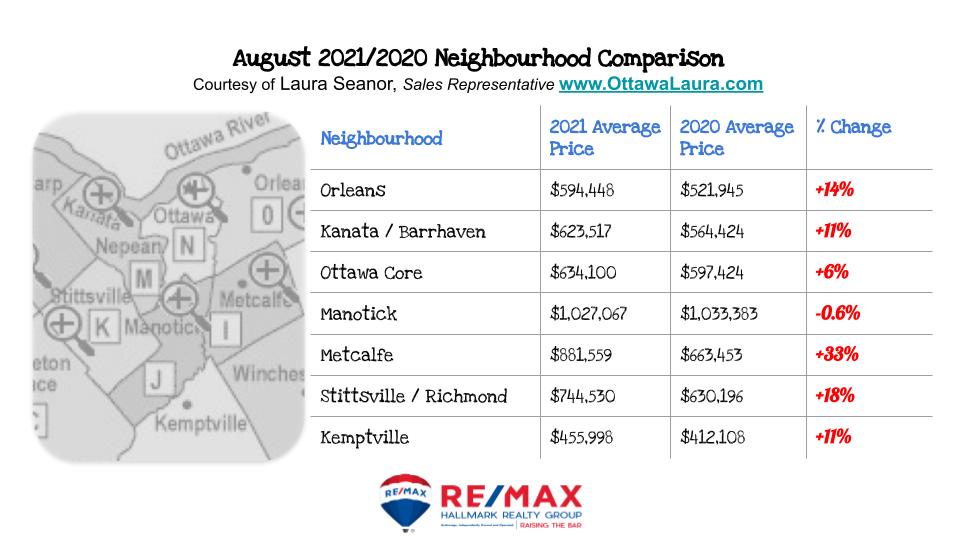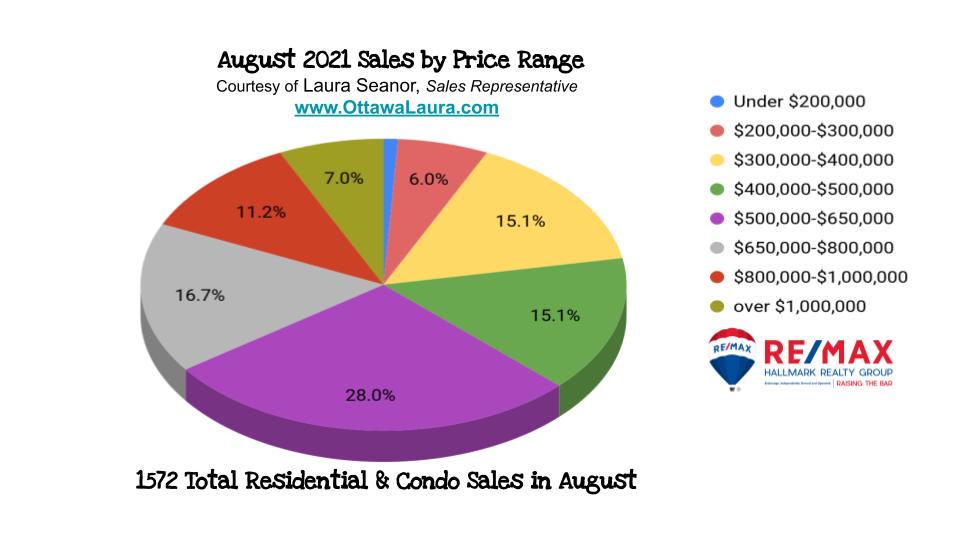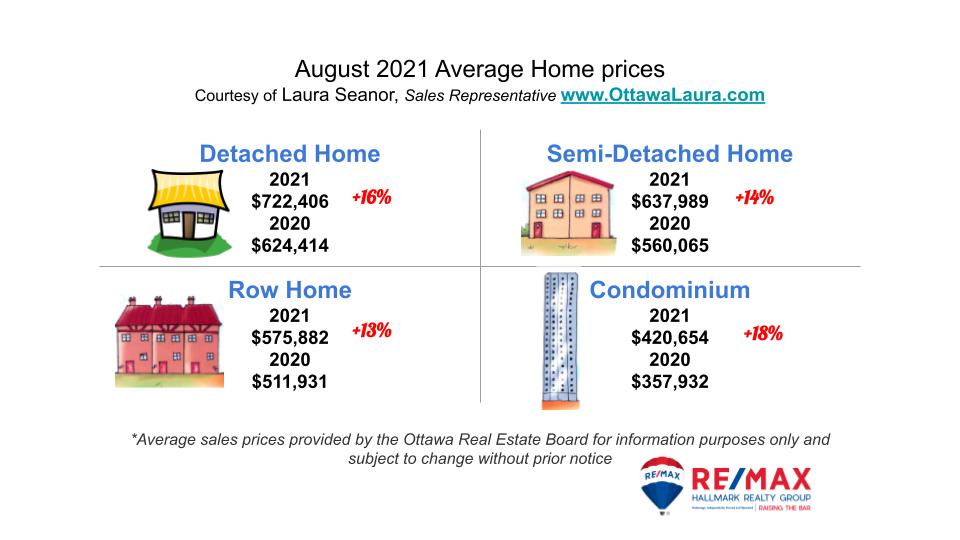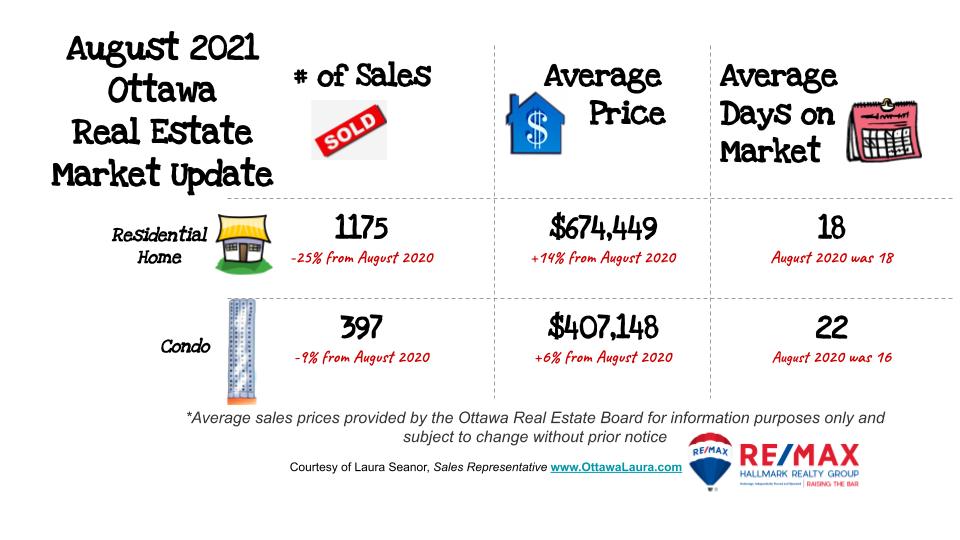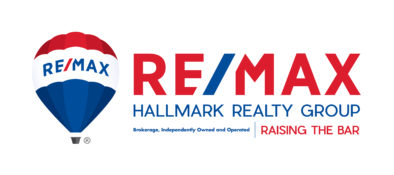OTTAWA, September 3, 2021 – Members of the Ottawa Real Estate Board sold 1,572 residential properties in August through the Board’s Multiple Listing Service® System, compared with 2,006 in August 2020, a decrease of 22 per cent. August’s sales included 1,175 in the residential-property class, down 25 per cent from a year ago, and 397 in the condominium-property category, a decrease of 9 per cent from August 2020. The five-year average for total unit sales in August is 1,684.
“August’s unit sales followed a trajectory typical of the resale market’s summer months with a considerable decline in transactions compared to the spring and 9% fewer sales than in July (1,724). The number of properties changing hands was on par with August 2017 and 2018 figures. The reason we see a sharp decrease compared to last year’s numbers is due to the first wave lockdown in spring 2020, which shifted that market’s peak to the summer and fall months,” states Ottawa Real Estate Board President Debra Wright.
“Year-to-date resales are at 14,728 and are 24% higher than this period in 2020, which clearly indicates we are in the midst of another strong year in the Ottawa market,” she adds.
August’s average sale price for a condominium-class property was $407,148, an increase of 6 per cent from last year, while the average sale price for a residential-class property was $674,449, an increase of 14 per cent from a year ago. With year-to-date average sale prices at $722,526 for residential and $420,654 for condominiums, these values represent a 27 per cent and 18 percent increase over 2020, respectively.*
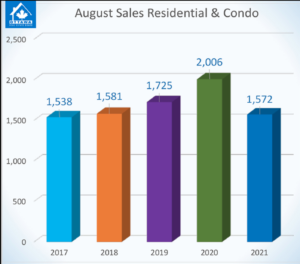
“Supply continues to remain scarce, and that is the driving factor behind these price increases. New listings were down 400 units from July and 500 units from last August and below the 5-year average for the first time this year since February. Although inventory is approximately 5-6% higher than last year for both residential and condominium property classes, we are only at about 1.5 months’ worth of housing stock. To achieve a balanced market, we need 4-6.5 months’ supply of inventory,” Wright points out.
“We are pleased to see that housing affordability and the supply shortage have been a predominant part of election conversations and federal party platform pledges – which is a step in the right direction. We look forward to the collaboration between municipal, provincial, and federal governments to establish measures which will effectively address these fundamental barriers to homeownership for all Canadians who desire to own a home.”
OREB Members also assisted clients with renting 3,182 properties since the beginning of the year compared to 2,232 at this time last year.* OREB cautions that the average sale price can be useful in establishing trends over time but should not be used as an indicator that specific properties have increased or decreased in value. The calculation of the average sale price is based on the total dollar volume of all properties sold. Price will vary from neighbourhood to neighbourhood.OREB Members also assisted clients with renting 2,706 properties since the beginning of the year compared to 1,883 at this time last year.
* OREB cautions that the average sale price can be useful in establishing trends over time but should not be used as an indicator that specific properties have increased or decreased in value. The calculation of the average sale price is based on the total dollar volume of all properties sold. Price will vary from neighbourhood to neighbourhood
